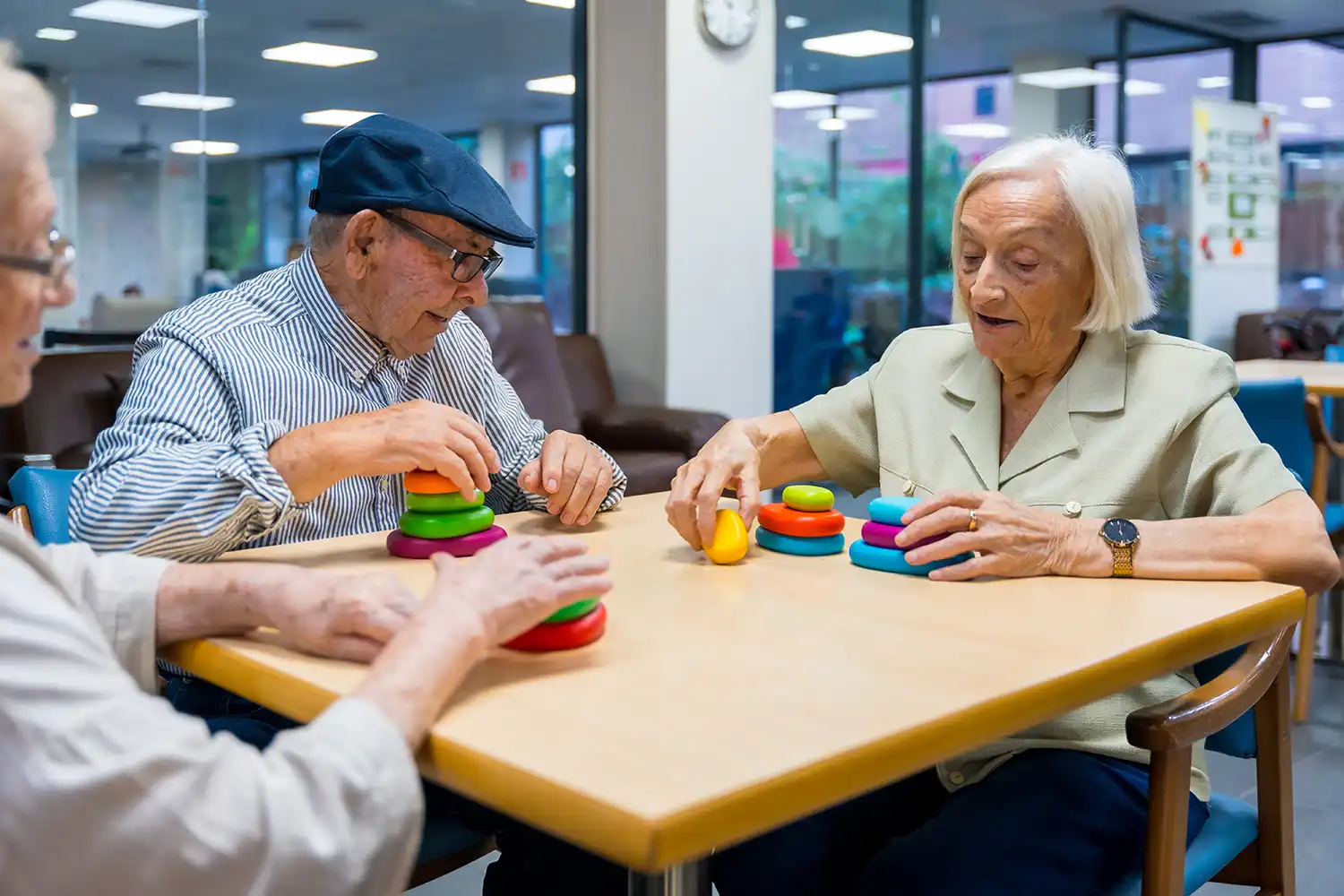Tai chi is a low-impact, slow-motion exercise that has been called meditation in motion. This gentle exercise continues to gain interest from practitioners and researchers for its health benefits.
When Peter Wayne, medical editor of Introduction to Tai Chi from Harvard Medical School, began conducting scientific studies on the health benefits of tai chi, he began noticing that tai chi works in a variety of ways, not just one. Whereas most drugs have a single active ingredient, Wayne observed that tai chi was more like a multidrug combination that uses different components to produce a variety of effects.
Eight active ingredients
Wayne formulated the idea of the “eight active ingredients” of tai chi, which he and his colleagues now use as a conceptual framework to help evaluate the clinical benefits of tai chi, explore the underlying mechanisms that produce these effects, and shape the way tai chi is taught to participants in clinical trials (and to teachers). These eight active ingredients are:
1. Awareness
2. Intention
3. Structural integration
4. Active relaxation
5. Strengthening and flexibility
6. Natural, freer breathing
7. Social support
8. Embodied spirituality
While different styles of tai chi emphasize different ingredients, these therapeutic factors are interwoven and synergistic. For example, studies have shown that tai chi helps prevent falls in older people by improving their balance. But closer examination reveals that this benefit is actually the result of multiple active ingredients. The most obvious are the physical components such as improved muscular strength and flexibility (active ingredient 5) along with better function due to improved posture and alignment (active ingredient 3).
There’s also a mental component. When you are afraid of falling, you are anxious. Tai chi helps you relax (active ingredient 4), breathe (active ingredient 6), increase your awareness of both your body and your surroundings (active ingredient 1), and visualize yourself as walking steadily (active ingredient 2). Combined, these elements help stabilize the physical body, boost your confidence, and alleviate fall-related anxiety.
Reference: Posted in Harvard Health Publishing (2024), Available at: https://www.health.harvard.edu/staying-healthy/the-active-ingredients-of-tai-chi (Accessed: 22 March, 2024)




